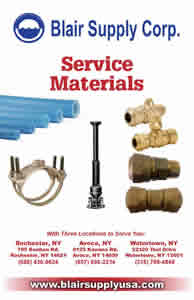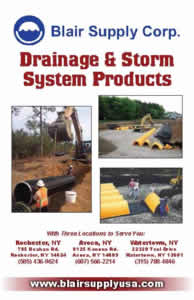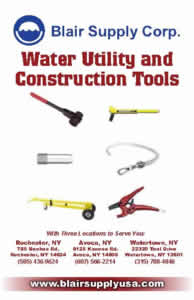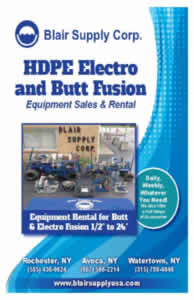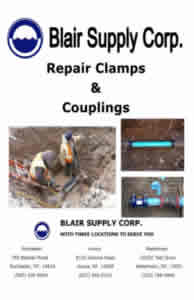Blog
5 Resources for Utility Engineers
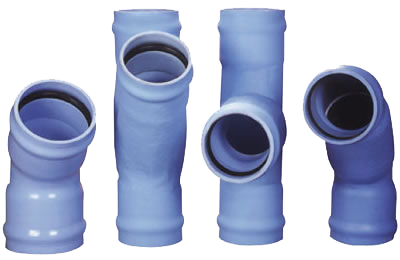
Most people rarely think about how electricity, heat, water, internet, and other utilities enter or exit a building. While the inner workings of utilities are usually a mystery for the average consumer, an utility engineer has to solve these problems on a daily basis in an increasingly complex ecosystem of utilities.
While utility engineering has been around for decades, new resources are opening up, giving engineers an expanded opportunity to improve operational efficiencies. While regularly bodies are taking time to catch up to these changes in the industry, necessity has forced utility engineers to manage these resources better and with more frequency.
Government and industry alike are spending less on utilities forcing engineers to adapt, cut costs and become more competitive with a global market. Leveraging new technologies and focusing on customers help utility companies – and utility engineers become more efficient is a win for both the consumer and the utility company.
Augmented Reality
Augmented reality (AR) is an interactive experience where a person views the world using goggles that augment reality with computer-generated information. The overlaid computerized information is interwoven with the real world, so it is perceived as an immersive aspect of the environment. This type of augmented reality is useful for utility engineers in several ways.
Utility Engineers serve a large region and if something stops working, it can cause a huge disruption and, in some cases, results in millions of dollars lost. That’s why utility engineers can use AR to practice and hone their craft with either different scenarios or an instructor guiding them through a problem.
The other advantage with AR is it can be used in conjunction with other senior colleagues who can work remotely, discovering a problem or adding expertise without being on the job site. This allows for technicians to work more collaboratively, resolving problems faster and cheaper.
As utility companies face greater demand as current utilities are becoming old and worn in conjuncture with an aging, more experienced workforce – and the inevitable knowledge loss that comes with it – AR can keep costs down and alleviate the impact of changing employee demographics.
Cloud Software
Cloud-based software has revolutionized about every industry and utility engineering is no different. Cloud software has allowed engineers to take advantage of security, speed, accessibility, and scalability to offer features and enhancements in ways that weren’t previously possibly. Most enterprise software providers are now cloud-based, and their best features are only available in their cloud offerings. Utility companies are usually slow to integrates new technologies into how they operate since if something goes wrong, it can have severe consequences. When a utility company makes a large software investment a one-time purchase is treated as a necessary capital expense, and some of this expense can be passed on to the customer. Cloud-based software, on the other hand, doesn’t require a large upfront cost, giving utility companies.
Cloud-based software can give a utility engineer instant access to information including service history, manuals, or any other data they might need in order to fix a problem.
Customer Relationship Management (CRM)
Customer Relationship Management (CRM) systems have generally been in the domain of small to medium size enterprises, but utility engineers can also harvest the power of CRMs to make data driven decisions and foster customer loyalty.
Engineers do not need to waste through excel and word documents anymore. There are many CRM software solutions that can be downloaded onto a phone or a tablet which help manage the project from beginning to end. CRM systems allow engineers to complete begets and cost projections faster and more efficiently, seamlessly aligning the capital projects with financial plans, all the while streamlining the entire operation.
Using a CRM system allows utility engineers to do what they do best – which is to focus on the engineering side and spend less time on the financial side. Customer management is more than just creating a good customer experience, it is about getting beneath your customer and truly knowing who they are, what they want from a supplier and what they actually need. Knowing them so completely that you can create and deliver a personalized experience that will serve their requirements and entice them to remain loyal but also tell others about you.
The Internet of Things
The Internet of Things (IoT) is the network of devices that contain software, sensors which allows these things to connect, interact and exchange data. For example, more homes are connected through a single device where you can adjust heat, light, and even music.
This can apply to Utility engineers who can be responsible for a whole host of aspects of utilities including pipes, dams, powerlines, telephone poles and everything else that makes up the infrastructure that enables them to generate and deliver the utilities.
Utility engineers can rely on a more connected, smarter infrastructure to help anticipate repairs before something breaks, and to better diagnose the nature of a problem to supply the correct solution to any given problem.
Artificial Intelligence
Constant connectivity with the Internet of Things and increasingly smarter equipment add up to a lot more data being collected. This data – which can include safety information – needs to be processed quickly and efficiently – usually faster than a human is capable of doing. Today most businesses can collect more data than they know what to do with. As utility companies incorporate more sophisticated equipment into their operations, for example smart meters, that data can translate into real business insight with measurable impact.
However, there are less people with the ability and the expertise to analysis the data which is why using super commuting of artificial intelligence can aid utility engineers in making smarter, better decisions. Machine learning can enable utility engineers to take historical and real-time data that can lead to better decisions around everything from demand forecasting to workforce capacity management, predictive maintenance, emergency planning, and more.
The technology landscape is changing rapidly for utility engineers and these five resources will help engineers become more efficient at their jobs by reducing overall cost and boosting efficiency. Blair Supply is a family run business that sells and rents specialty equipment. Our mission is to remain an innovator and leader in the ever-changing markets of utility construction.

